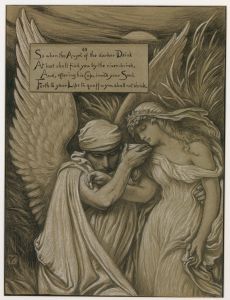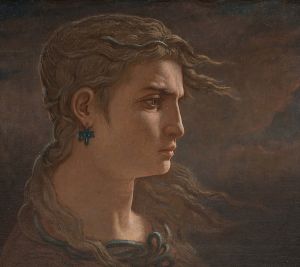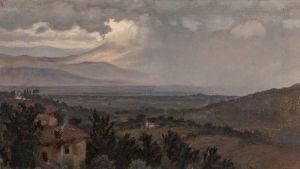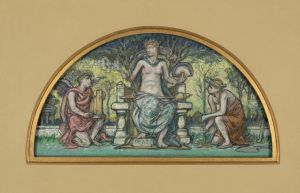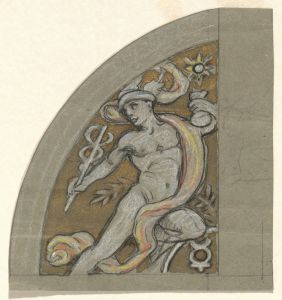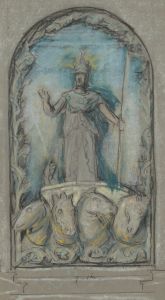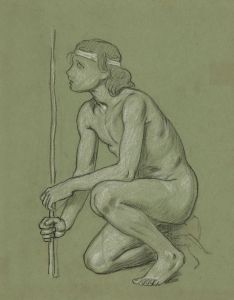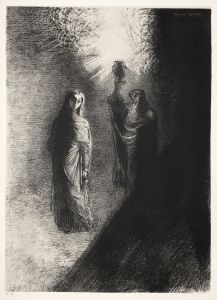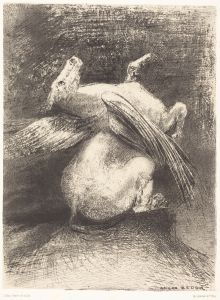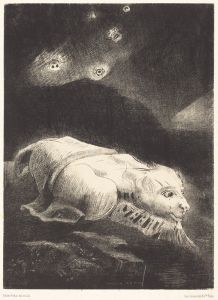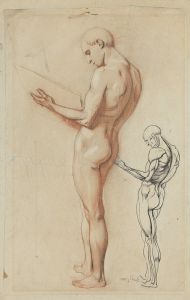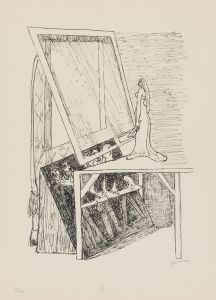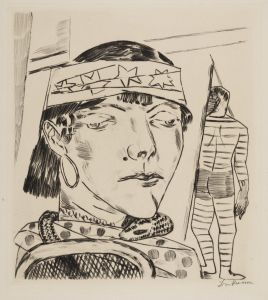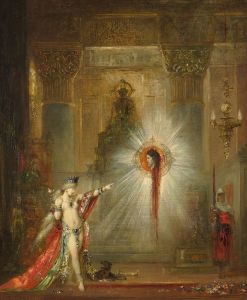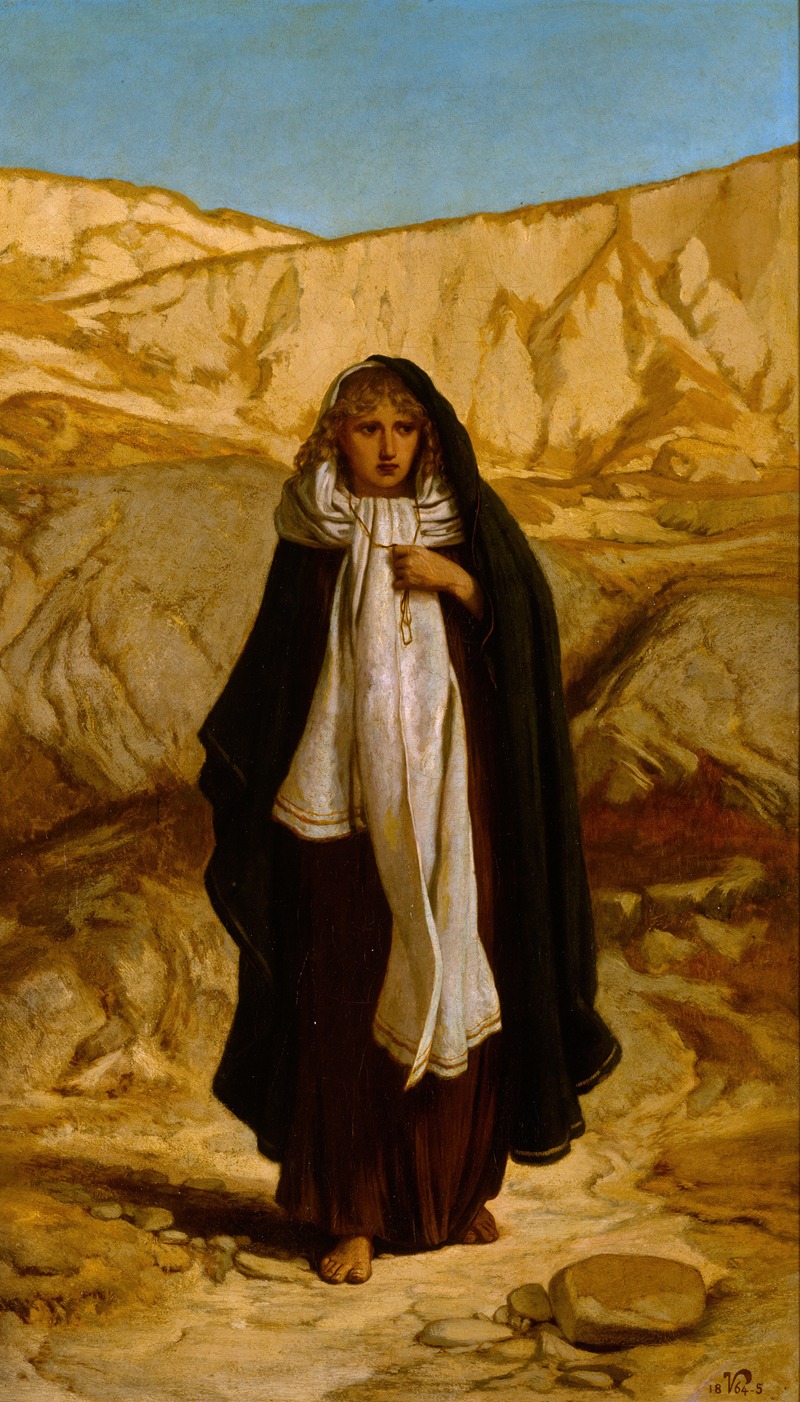
The Lost Mind
A hand-painted replica of Elihu Vedder’s masterpiece The Lost Mind, meticulously crafted by professional artists to capture the true essence of the original. Each piece is created with museum-quality canvas and rare mineral pigments, carefully painted by experienced artists with delicate brushstrokes and rich, layered colors to perfectly recreate the texture of the original artwork. Unlike machine-printed reproductions, this hand-painted version brings the painting to life, infused with the artist’s emotions and skill in every stroke. Whether for personal collection or home decoration, it instantly elevates the artistic atmosphere of any space.
Elihu Vedder was an American symbolist painter, born in 1836 and known for his mystical and allegorical works. One of his notable paintings is "The Lost Mind," which exemplifies his unique style and thematic focus. Vedder's work often delved into the realms of the subconscious, dreams, and the human psyche, reflecting the broader symbolist movement's interest in exploring the unseen and the spiritual.
"The Lost Mind" is a painting that captures the essence of Vedder's fascination with the inner workings of the mind. Although specific details about the creation date and the current location of the painting are not readily available, it is known that Vedder's works from this period often explored themes of mental struggle and existential contemplation. His paintings typically feature a combination of realistic and fantastical elements, creating a dream-like quality that invites viewers to ponder deeper philosophical questions.
Vedder's style is characterized by his meticulous attention to detail and his use of muted, earthy tones, which lend his works a timeless, almost ethereal quality. In "The Lost Mind," these stylistic choices are likely employed to evoke a sense of introspection and mystery. The painting may depict a figure or scene that symbolizes the complexities of human thought and emotion, a common motif in Vedder's oeuvre.
Throughout his career, Vedder was influenced by various artistic movements and cultural experiences. He spent a significant amount of time in Italy, where he was exposed to Renaissance art and classical themes, which often informed his work. Additionally, Vedder was part of the broader symbolist movement, which sought to express the ineffable and the mystical through art. This movement was a reaction against the materialism and rationalism of the 19th century, emphasizing instead the power of imagination and the exploration of spiritual and psychological dimensions.
Vedder's contributions to art extend beyond painting; he was also an accomplished illustrator and poet. His illustrations for Edward FitzGerald's translation of "The Rubaiyat of Omar Khayyam" are particularly renowned and demonstrate his ability to blend visual art with literary themes. This interdisciplinary approach is evident in "The Lost Mind," where the visual elements likely interact with broader philosophical or literary ideas.
While specific information about "The Lost Mind" is limited, the painting remains an important part of Vedder's legacy, reflecting his enduring interest in the mysteries of the human mind and the symbolic potential of art. Vedder's work continues to be studied and appreciated for its depth, complexity, and the unique perspective it offers on the human condition.





